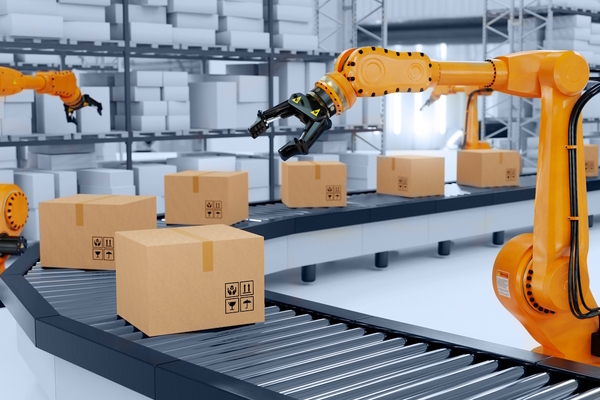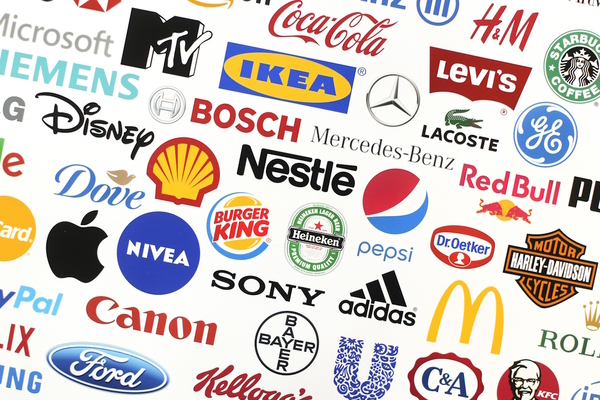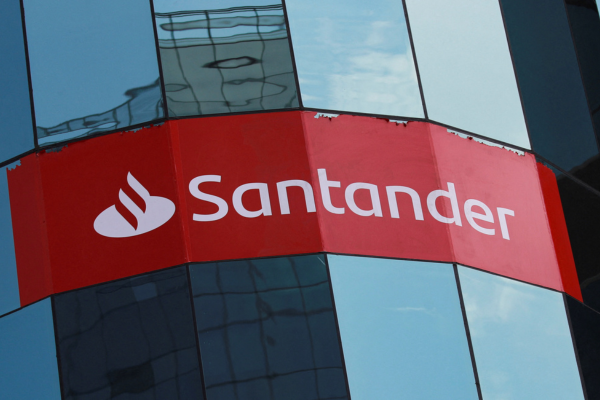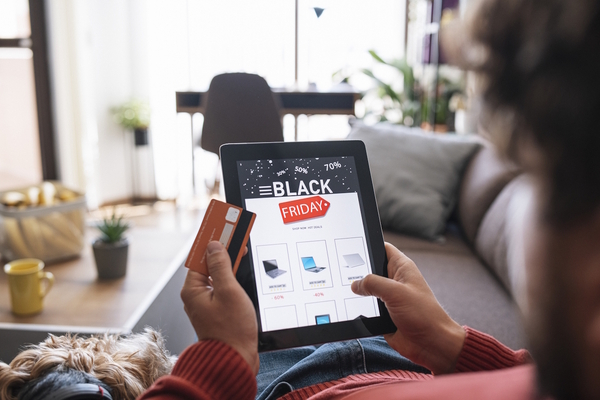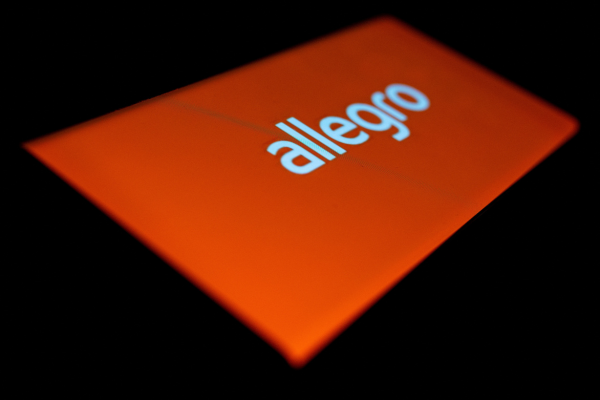Why tackling counterfeit goods supports sustainability-November 2021
Alessandra Vercelloni at OpSec Security explains why tackling the counterfeit luxury goods trade goes hand in hand with increasing sustainability
Following the significant disruption of the last year or so, luxury goods retailers are beginning to see the light at the end of the tunnel as sales begin to climb once more. In recent months, the likes of Louis Vuitton, Burberry and Gucci have all reported growth and signs remain encouraging in the lead up to Christmas.
However, luxury brands are facing an ongoing challenge in the form of counterfeit versions of their products – a problem that worsened during the pandemic as more consumers turned to online shopping. In fact, research from OpSec Security has found that over a quarter (26%) of consumers have unintentionally bought a fake product in the last year.
The impact of this is significant. Not only can counterfeit products harm the reputation of luxury brands and negatively affect consumer trust, but it also has larger environmental and societal implications.
Counterfeiting’s contribution to the climate emergency
One of the often-overlooked aspects of the counterfeit goods industry is how unsustainable it is. Production tends to take place in unregulated environments, in which workers are exploited and child labor is commonplace. Meanwhile manufacturers creating fake goods often use pollution-creating and dangerous machinery and materials. That’s not to mention the fact that when law enforcement officers seize goods, they are generally incinerated – causing even more air pollution.
Both practices cause enormous amounts of carbon dioxide to be released into the atmosphere, contributing to the already worrying climate emergency.
With most luxury brands having committed to sustainability and carbon neutral initiatives, the counterfeit goods trade therefore undermines their efforts. Consequently, there is even more onus on brands to put an end to the production and sale of fake goods.
Increasing consumer expectations
While it is true that some consumers knowingly buy counterfeit luxury goods, perhaps because they want the latest designer shoes at a lower price point, others are simply unaware that the deal that seems too good to be true is just that.
What is clear is that whenever a customer purchases a counterfeit product unintentionally, they lose money and trust, often laying the blame at the door of the brand itself. In some cases, duped consumers may attempt to make a claim against an authentic business rather than the counterfeiter, as the former is liable for injury or property damage caused by a defective product.
Although consumers are predominately focussed on brands taking responsibility for the financial loss or harm caused by counterfeit goods, environmental considerations are beginning to rise in prominence. As consumers become increasingly aware of their environmental impact, growing numbers expect the brands they shop with to share the same values and adopt more rigorous sustainable practices, including fighting back against counterfeiters.
A comprehensive approach to the fight against counterfeiters
As luxury brands look to take back control, educating consumers about the dangers of buying from unauthorized sources and how they can distinguish a fake luxury product from a genuine one is a powerful first step. By raising awareness and educating consumers, encouraging customers to report suspicious goods and sellers seen on the internet, luxury brands can in effect join forces with their customers to fight the rising tide of counterfeiters.
In tandem with this, brands should work with expert partners and invest in the technology that will help them detect where fake goods are being sold online. With the increase in online shopping, nefarious actors have evolved their approach, becoming more sophisticated in their online advertising and SEO strategies, making it difficult for consumers to differentiate between what is real and what is not.
By working with expert partners who understand this changing landscape and leveraging tools such as AI monitoring software, luxury brands can determine exactly where their products are being advertised. Taking this approach will allow the brand to take immediate action to shut down the counterfeiter’s operations.
Luxury brands can further strengthen their defences by adopting a QR strategy that would allow consumers to track and trace every single step of the production process, from which raw materials are used, all the way to the finished product. This transparency enables consumers to track goods right through the supply chain until they are holding the products in their hands, with the security code on the product empowering the customer to authenticate the purchase, register it and see its lifecycle via the brand’s website.
Everyone has a role to play
As the climate emergency worsens, removing the environmental threat posed by fake goods is something that more brands should play a part in. For luxury brands, the incentives to tackle the trade in counterfeit goods are numerous.
By pairing the right brand protection solutions with educating consumers, luxury brands can help to safeguard customer trust, their reputation and their revenue, while also helping to protect the environment for future generations
Alessandra Vercelloni is Sales Director Southern Europe at OpSec Security
Main image courtesy of iStockPhoto.com

Business Reporter Team
Most Viewed
Winston House, 3rd Floor, Units 306-309, 2-4 Dollis Park, London, N3 1HF
23-29 Hendon Lane, London, N3 1RT
020 8349 4363
© 2024, Lyonsdown Limited. Business Reporter® is a registered trademark of Lyonsdown Ltd. VAT registration number: 830519543
